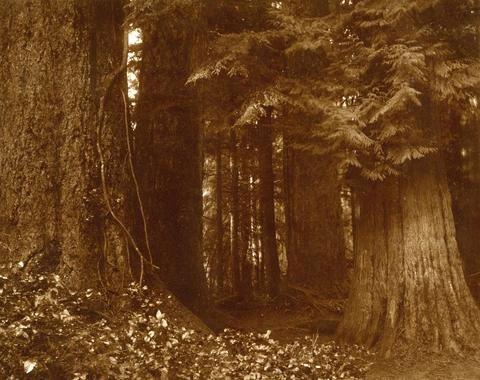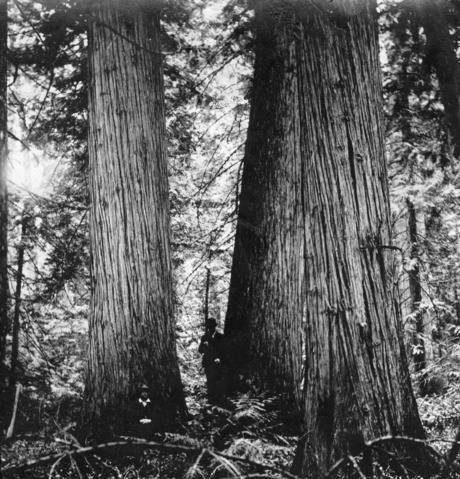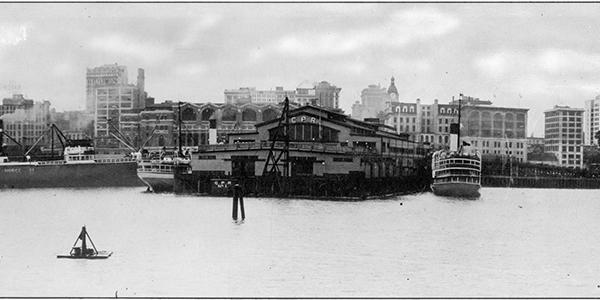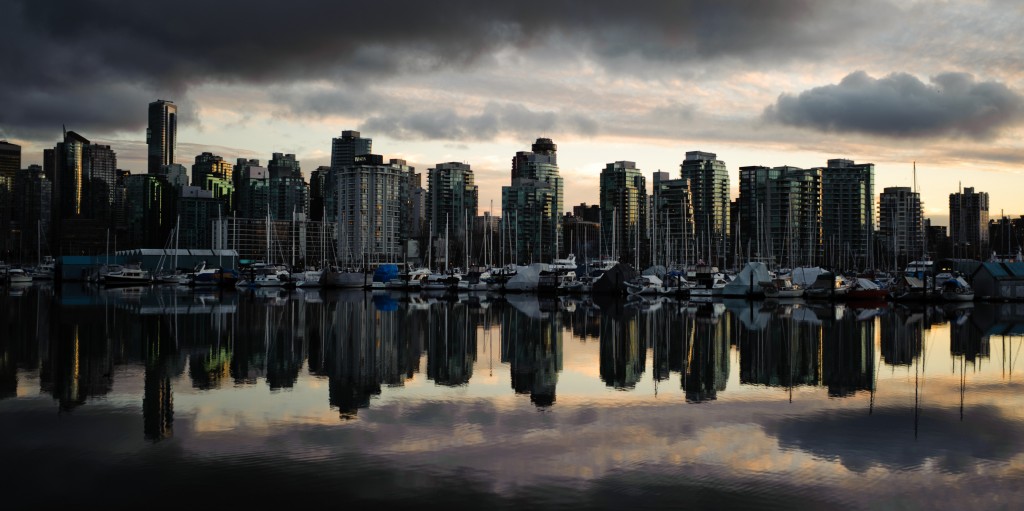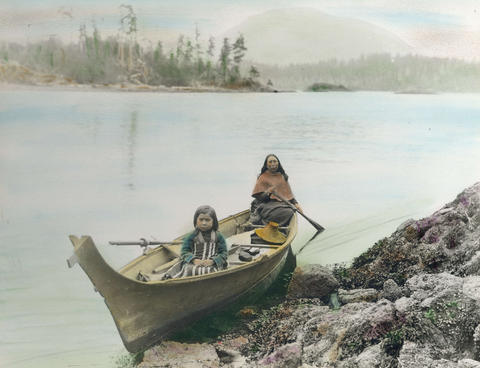
Image: City of Vancouver Archives [AM54-S4-1—: A-15-43]
“Vancouver’s history is that of Topsy, it just growed.”
Harland Bartholomew, 1929, p. 24
![Vancouver waterfront before the fire of 1886.
Image: City of Vancouver Archives [LGN 451]](https://story.vancouver-historical-society.ca/wp-content/uploads/2014/11/LGN451.jpg)
Vancouver’s tale is one of transformation. It is the story of a rainy, west coast toe-hold of land that was given strategic value by a railway company in late nineteenth century. Incorporated as a city in 1886 on territory that had been occupied or used for thousands of years by indigenous peoples, the new entity was quickly populated by immigrants who reflected the qualities and prejudices of the time. It is the story of perseverance and determination, heartbreak, creativity, and triumph. Today it is a mixed and vibrant Euro-Asian Pacific Rim city with a name that is widely recognized around the world.
What follows is Vancouver’s story examined through six different aspects of its development (click on chapter titles below to view individual chapters):
- Vancouver Before it Was
- Formation of the City
- Vancouver’s Economic and Commercial Development
- Moving Goods and People and the Development of Neighbourhoods
- Population, Hierarchies and Social Attitudes
- The Aesthetic, Social and Cultural Development of the City
![The Birks Clock, a traditional meeting place.
Image: Vancouver Public Library [VPL 66922]](https://story.vancouver-historical-society.ca/wp-content/uploads/2011/03/66922.jpg)

